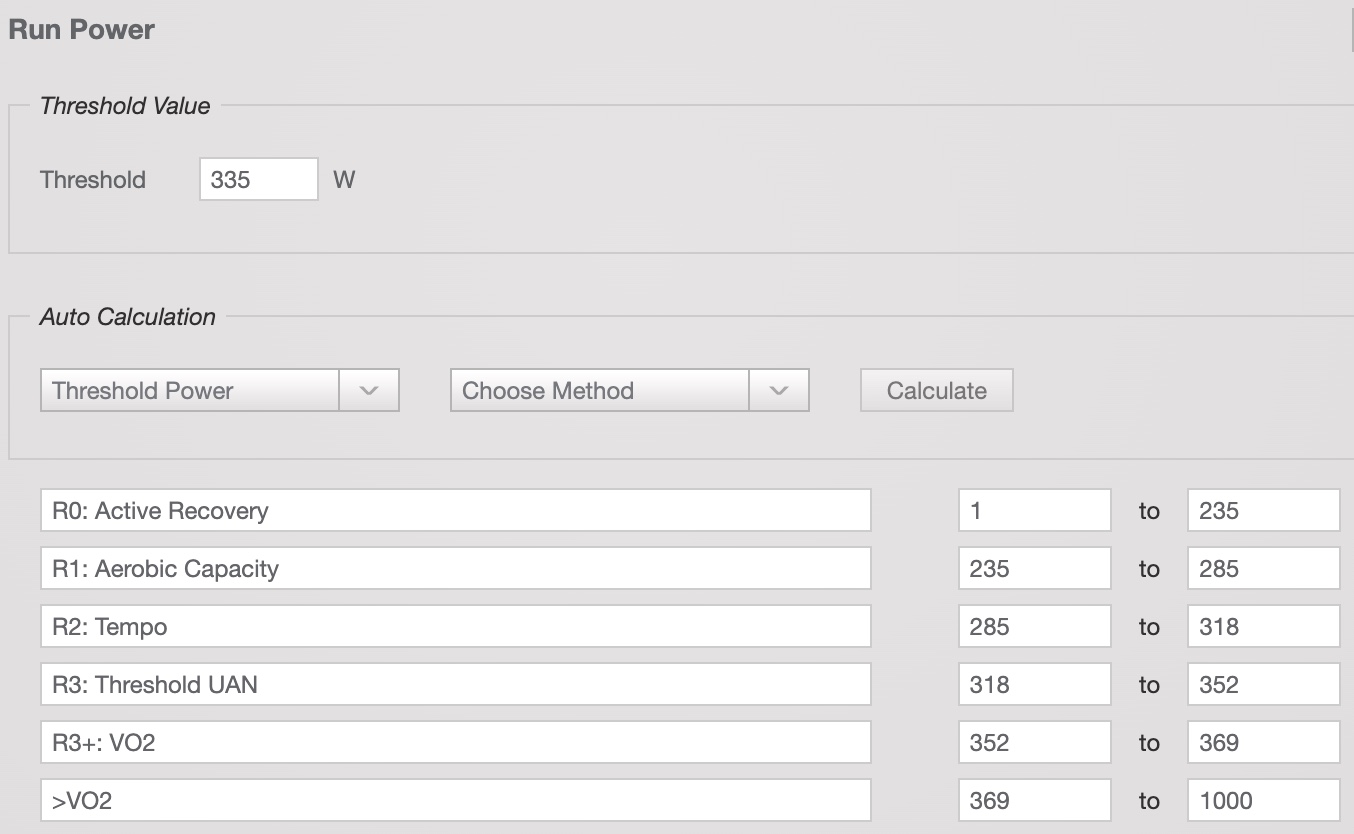Running requires some implication that are genetic while other aspects can be trained:
- Skull and body surface that help to dissipate the heat, this one is genetic.
- A long legs increase the stride length, while the relation of torso/legs define a runner dynamics.
- The foot arch helps like a spring, that's why a lot of shoes are high arched. This can be corrected with the proper insoles.
- Achilles tendon strength and length, determines our propension to injury but also how we store the energy on each stride.
- Main muscles: abdominals, glutes, quads, hamstrings, tibials and calfs. We want them lean but strong.
The muscles and tendons can be trained to gain mobility, elasticity, strengh and section. We do so with strength mobility routines, weights and pliometry.











